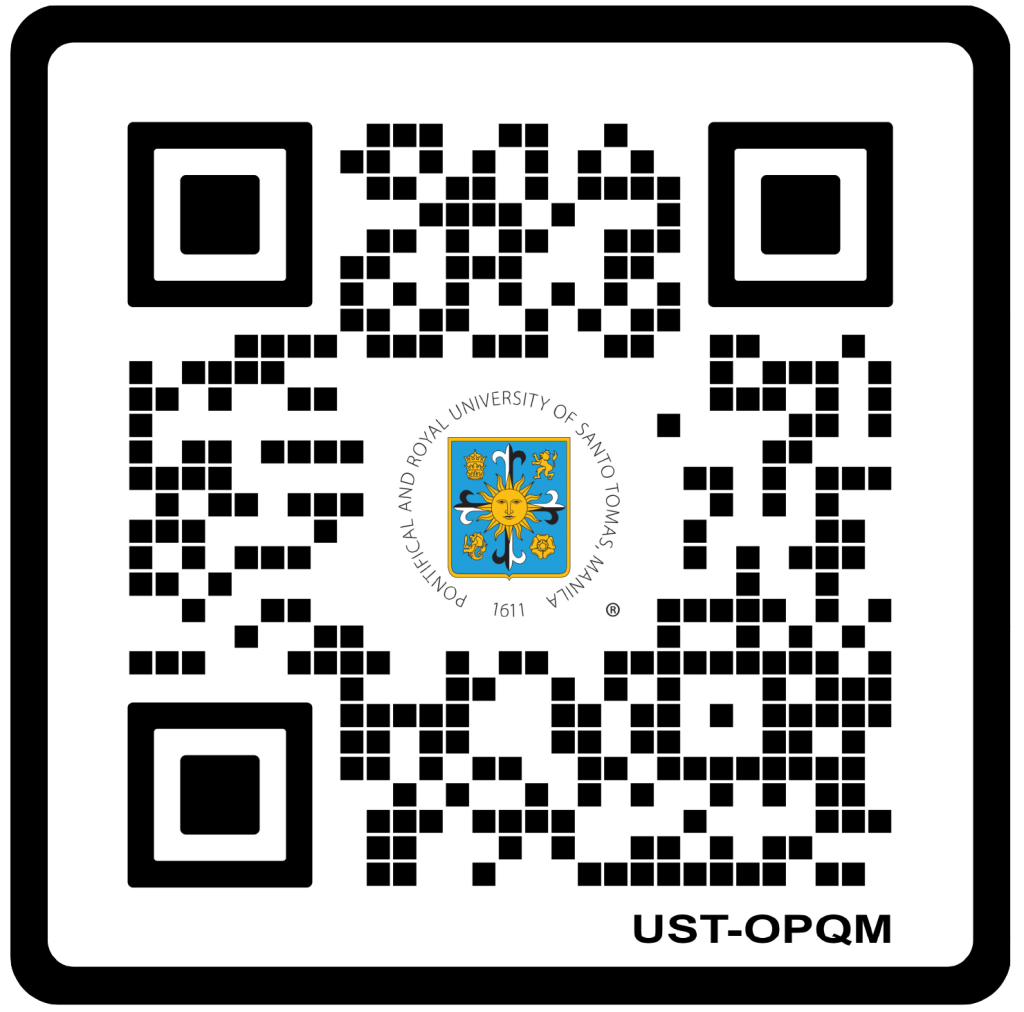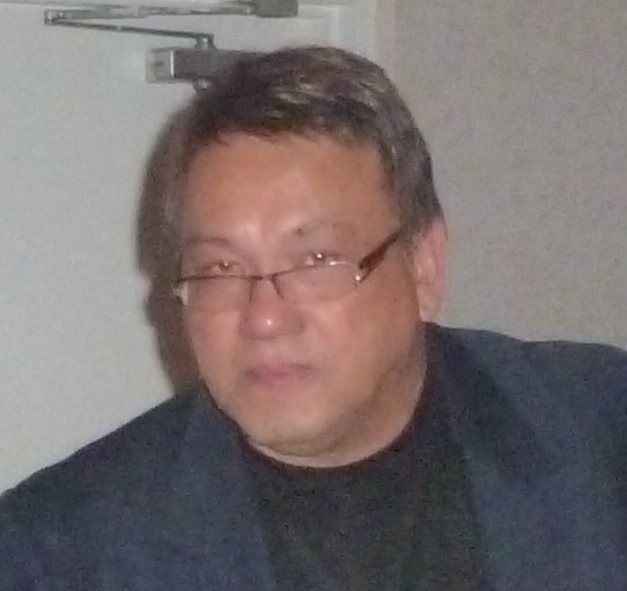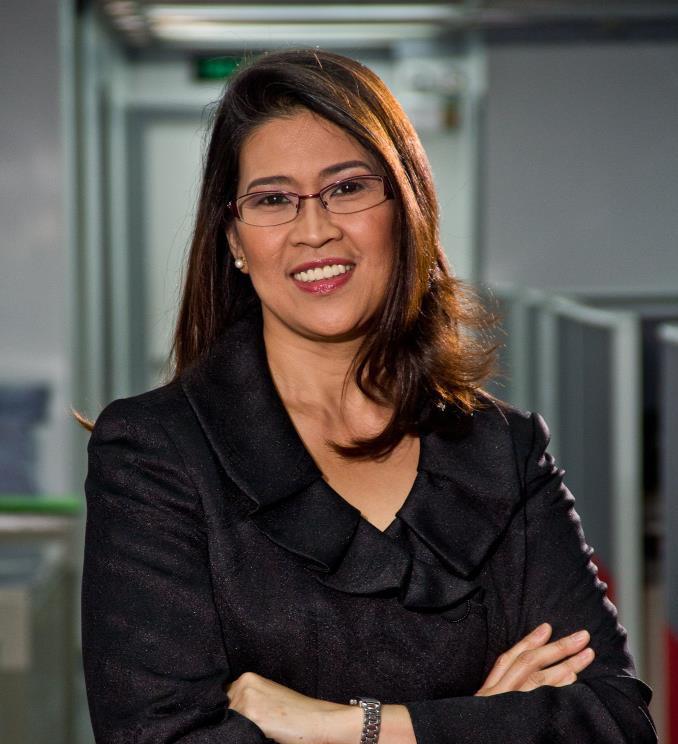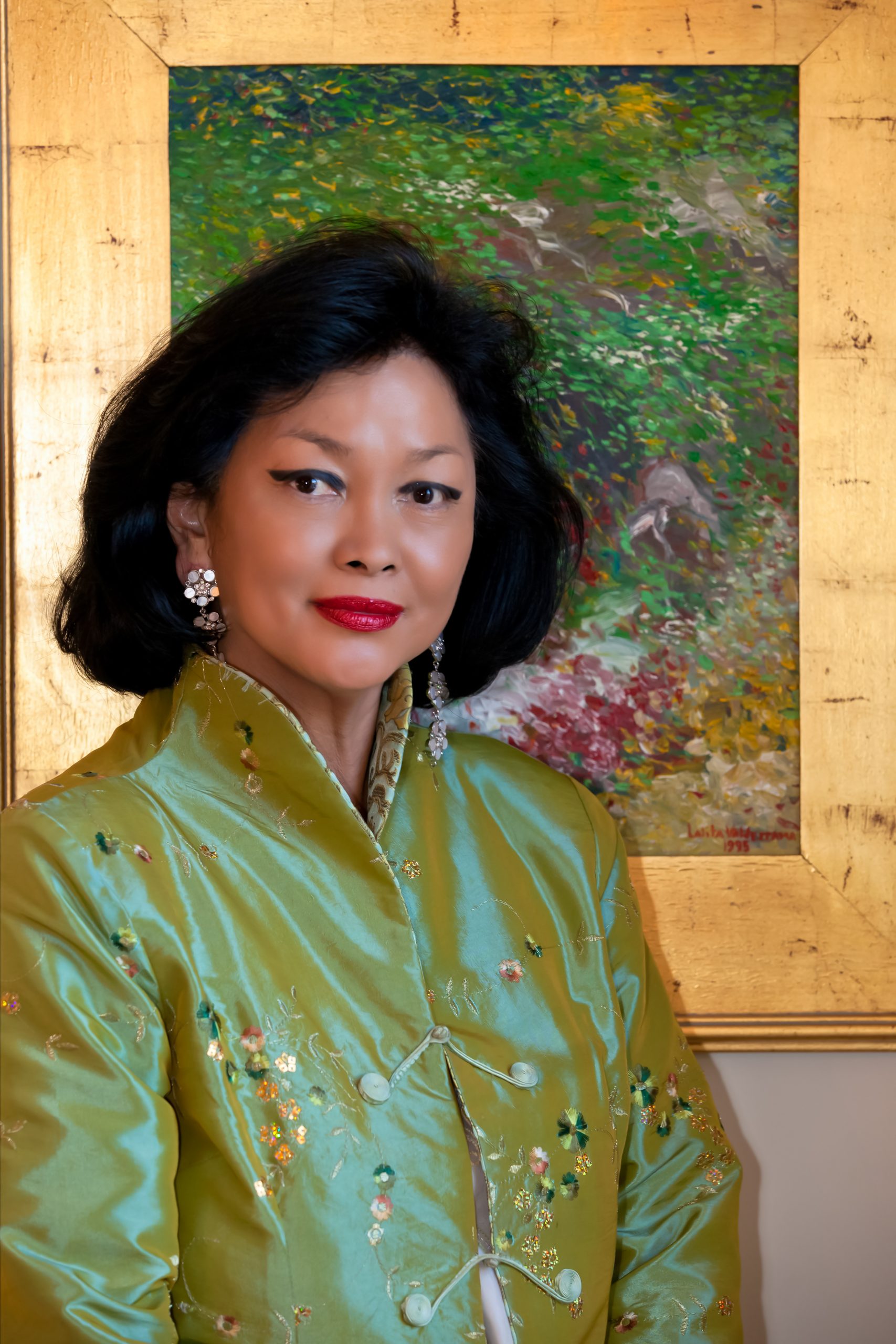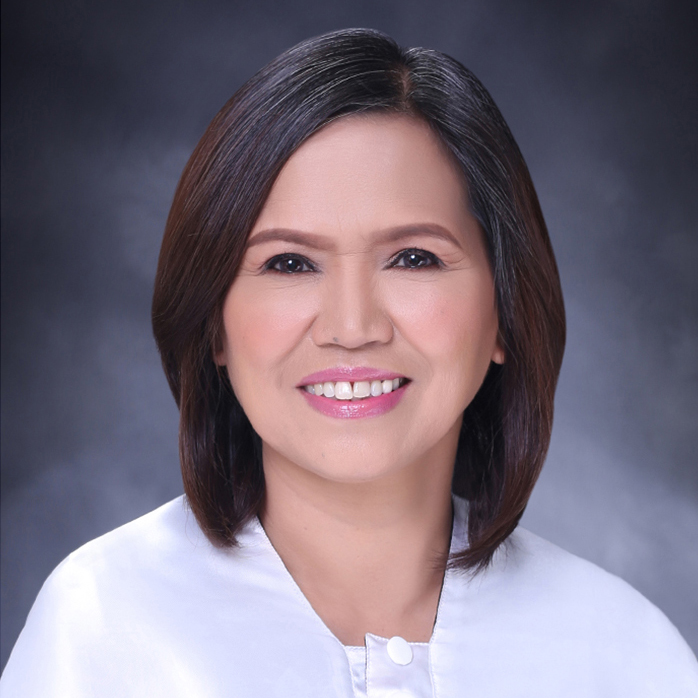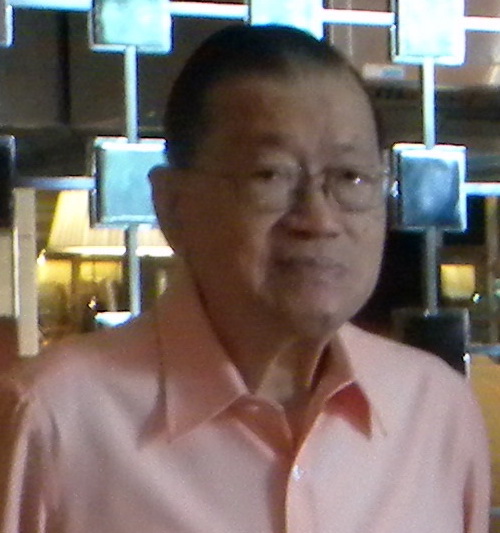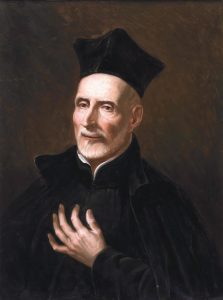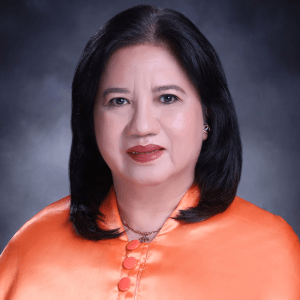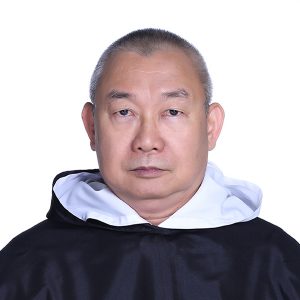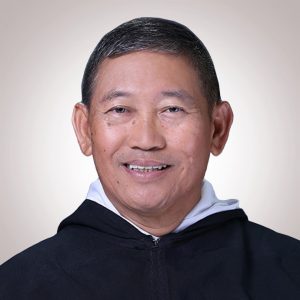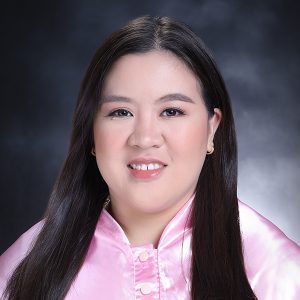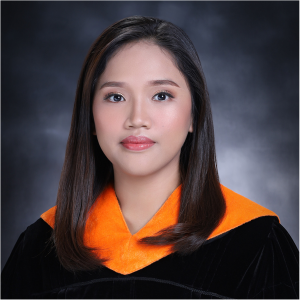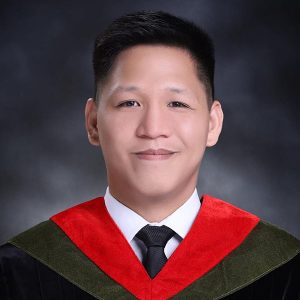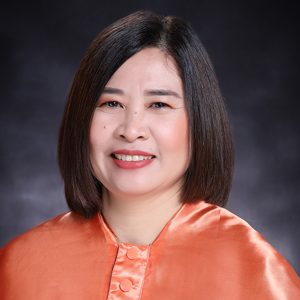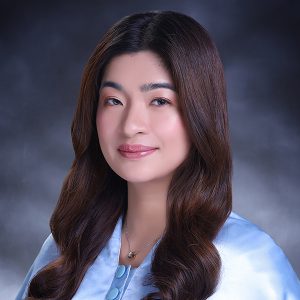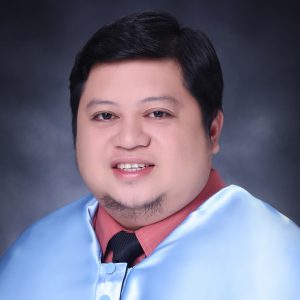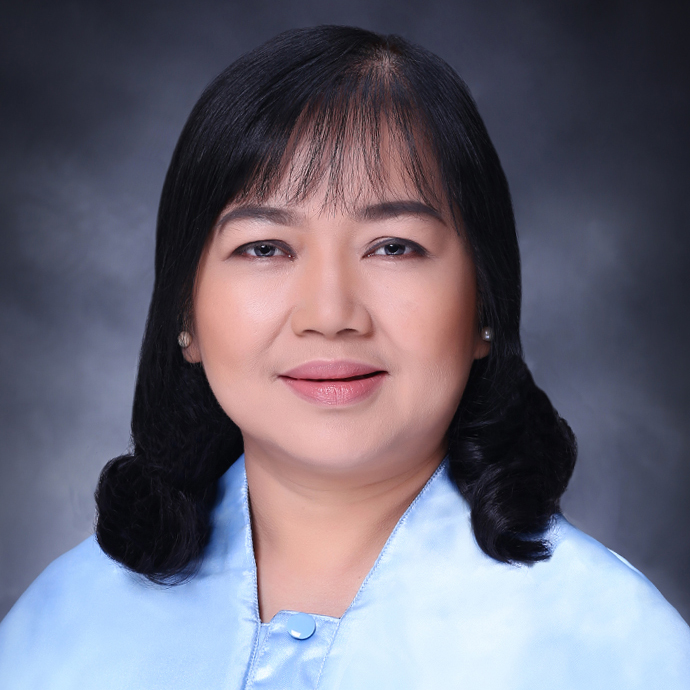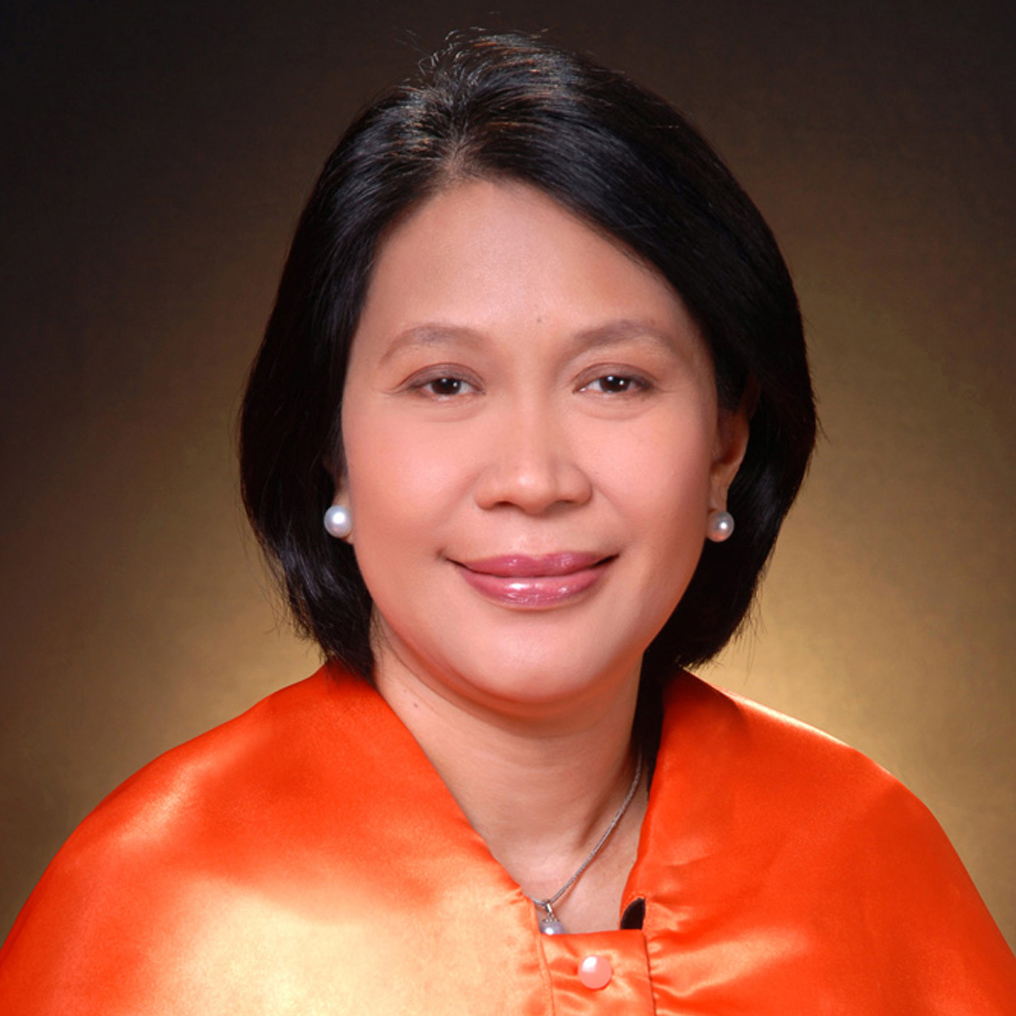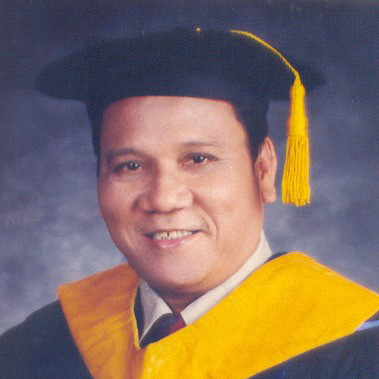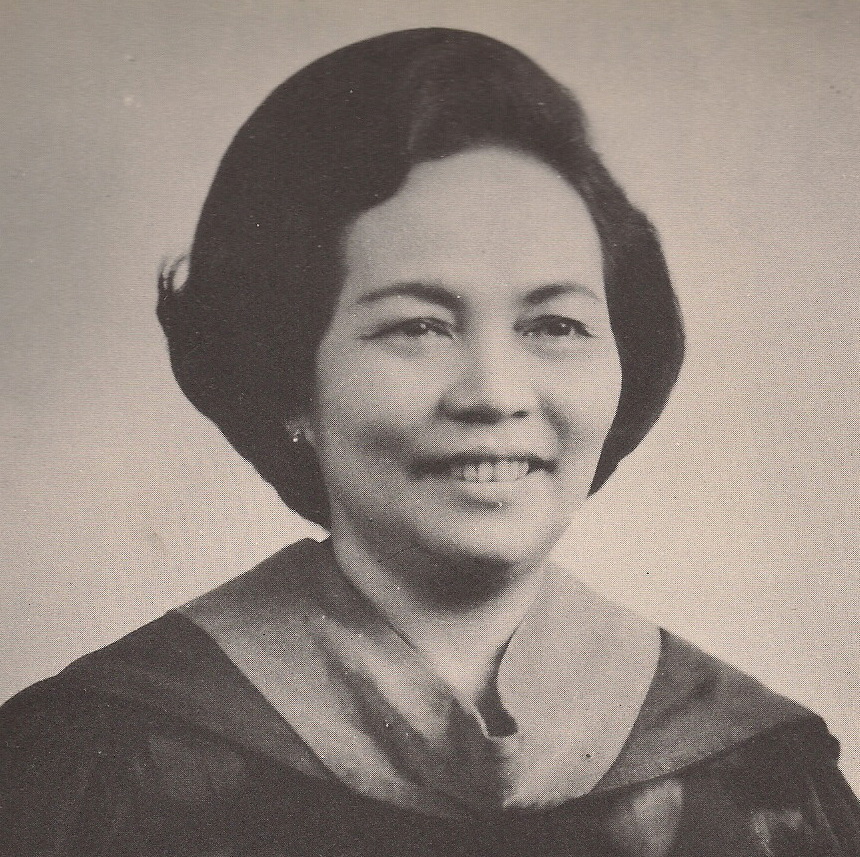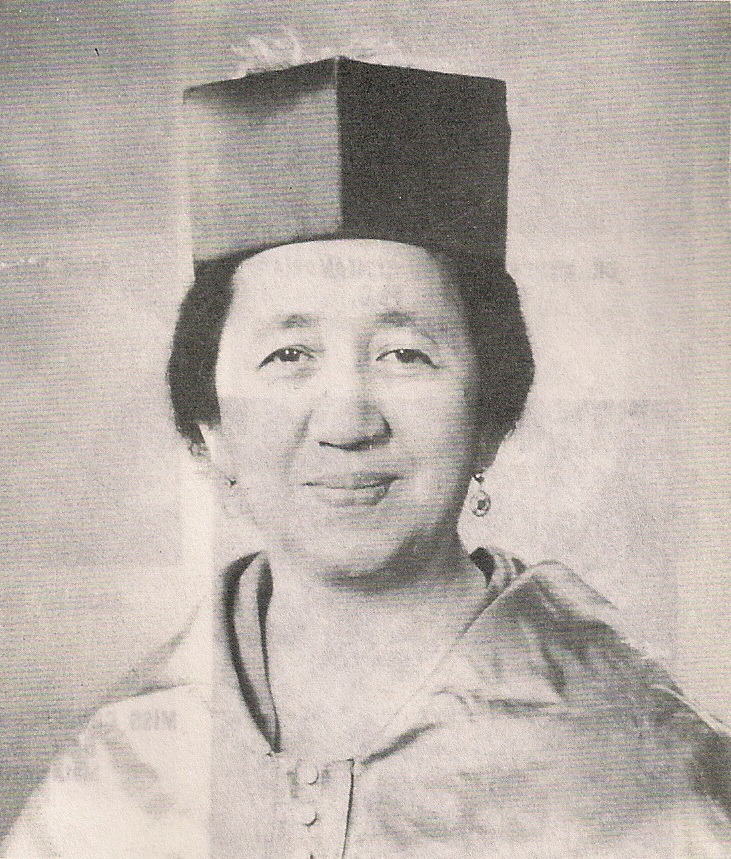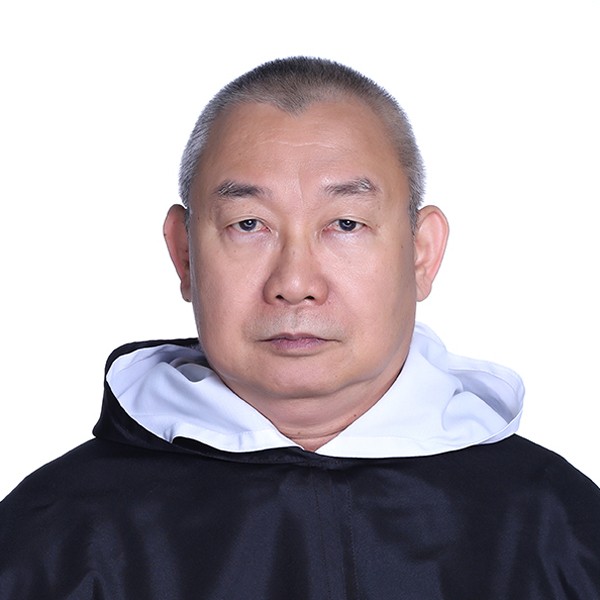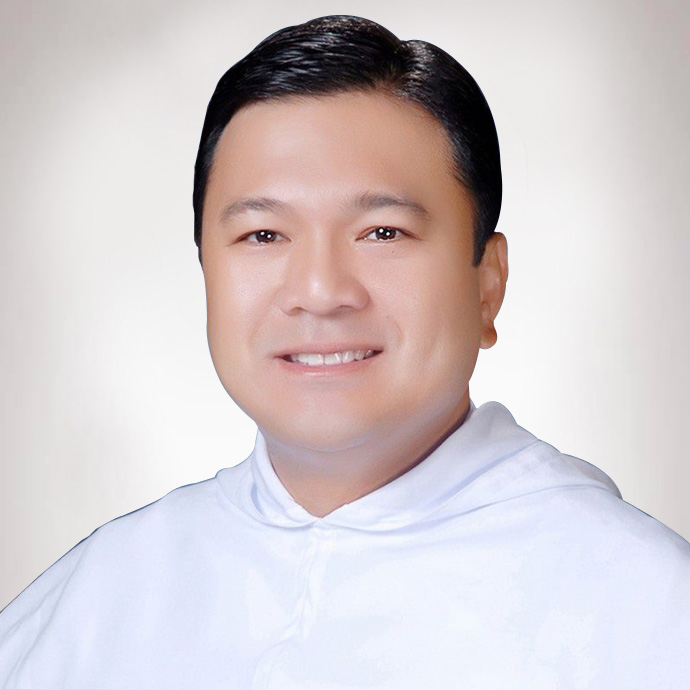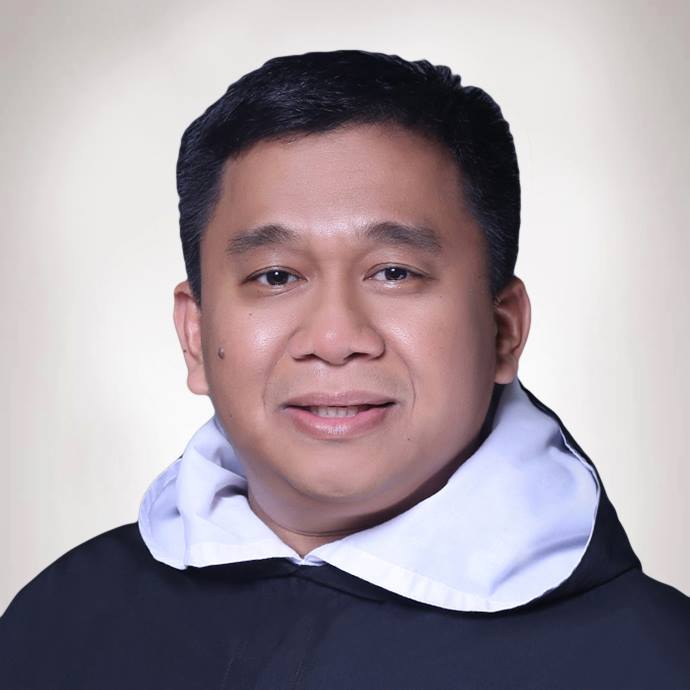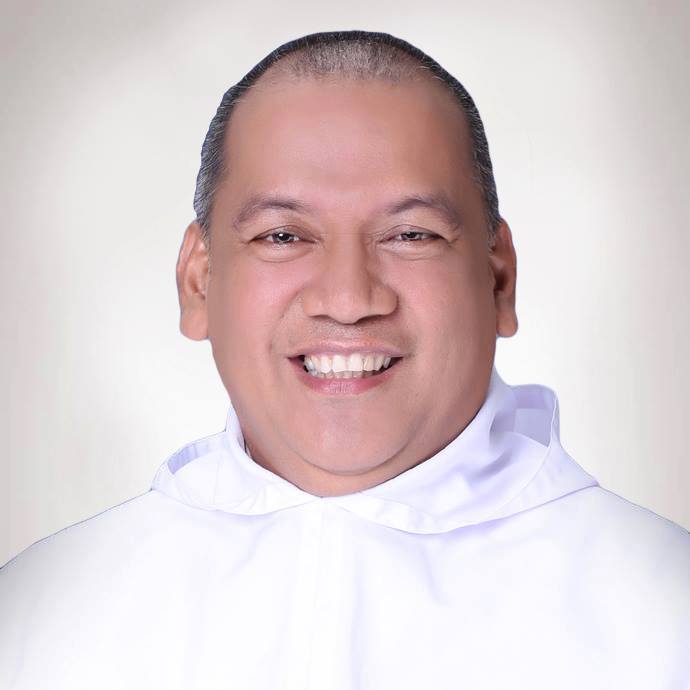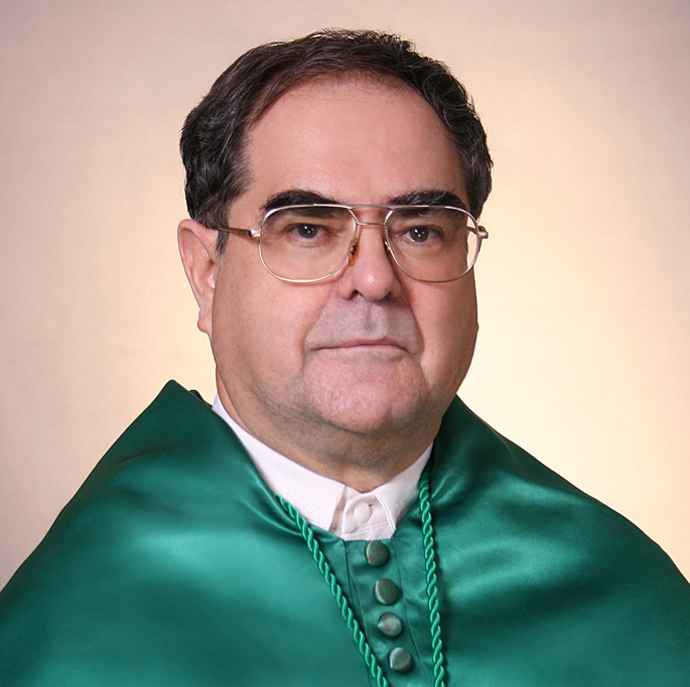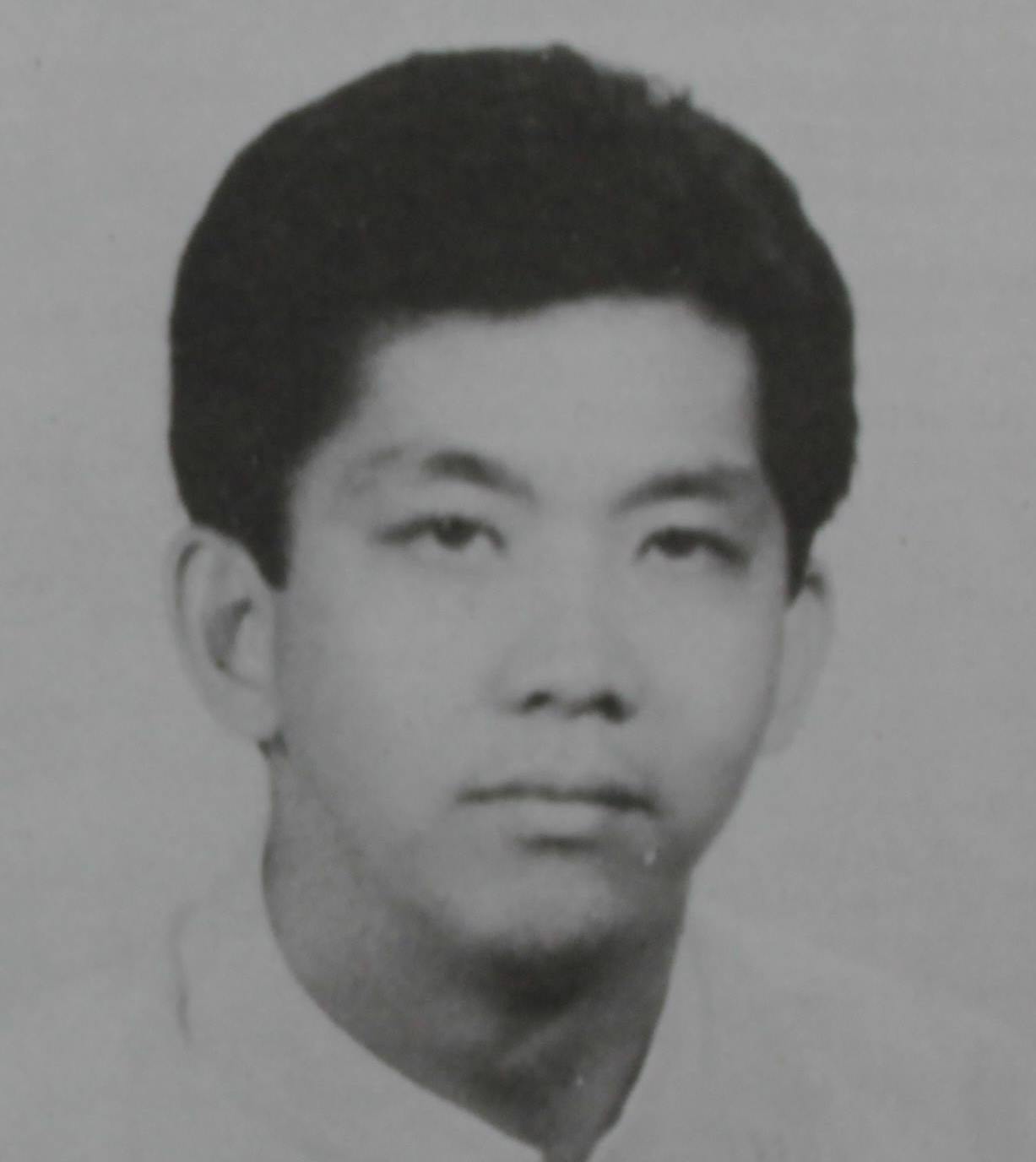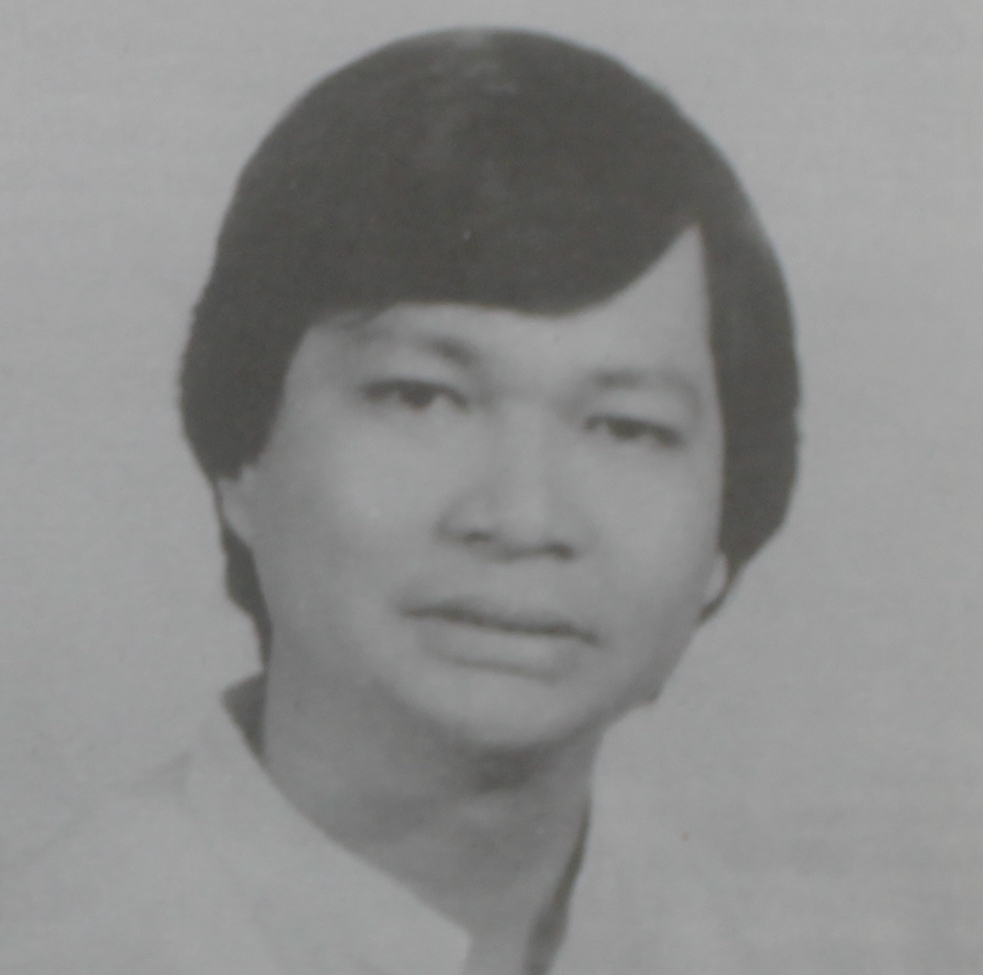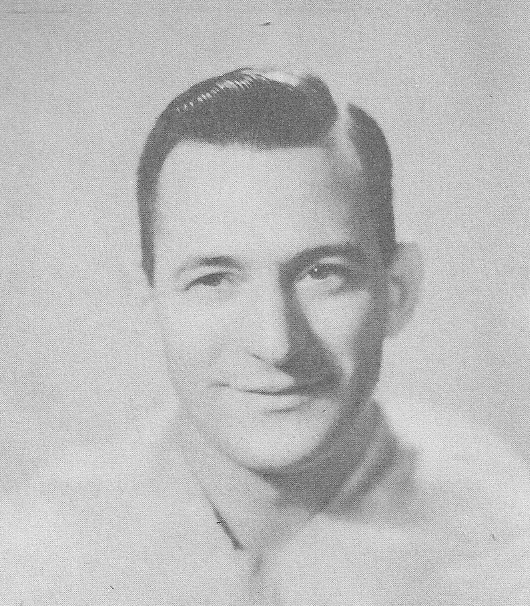(1556-1648), priest
Patron of the UST College of Education and the UST Education High School
Feast Day: August 25
Born in 1556, Joseph grew up in a wealthy family from Aragon. He earned degrees in canon law and theology, and was ordained priest in 1583. When he went to Rome, his heart was moved by the vice and ignorance of the children of the poor. He put aside his career because of his deep concern for their education. He and his companions personally provided a free school for them. The response was overwhelming that there was a constant need for larger facilities to house their effort. Soon, the institute received Papal support. The men who volunteered in this ministry was recognized in 1621 as the Order of Poor Clerics Regular of the Mother of God of the Pious Schools (Piarists). Not long after, Joseph was appointed superior for life.
Prejudices and political ambition caused the institute much turmoil. Joseph’s pedagogical idea of educating every child, his schools for the poor, his support of the heliocentric sciences of Galileo Galilei and his service towards the youth all aroused the opposition of many among the governing classes in society and the ecclesiastical hierarchy. Repeatedly investigated by papal commissions, the Piarists were suppressed. But he never lost hope that one day his religious order would be restored and the poor would be served again through it. Joseph died in 1648 and the Piarists were restored years after. He was beatified by Pope Benedict XIV in 1748, and was canonized by Pope Clement XIII in 1767. Pope Pius XII declared him “Heavenly Patron of all Christian popular schools” in 1948.
Responding to the challenges of the time, St. Joseph Calasanz underscored the importance of the education of the youth. Inspired by their patron, the UST College of Education is engaged in the formation of authentic and mature Christian educators, food technologists, nutritionist-dietitians, and library and information professionals endowed with a sense of social responsibility and a desire for leadership in the spirit of service. Likewise, the Education High School commits itself to the task of participating in the evangelizing work of the Church by providing students with quality Catholic Education and by imbuing them with the virtues of truth and love.
Sources:
- Mershman, Francis. “St. Joseph Calasanctius.” The Catholic Encyclopedia. Vol. 8. New York: Robert Appleton Company, 1910. 19 Apr. 2021.
- www.ust.edu.ph/engineering/

